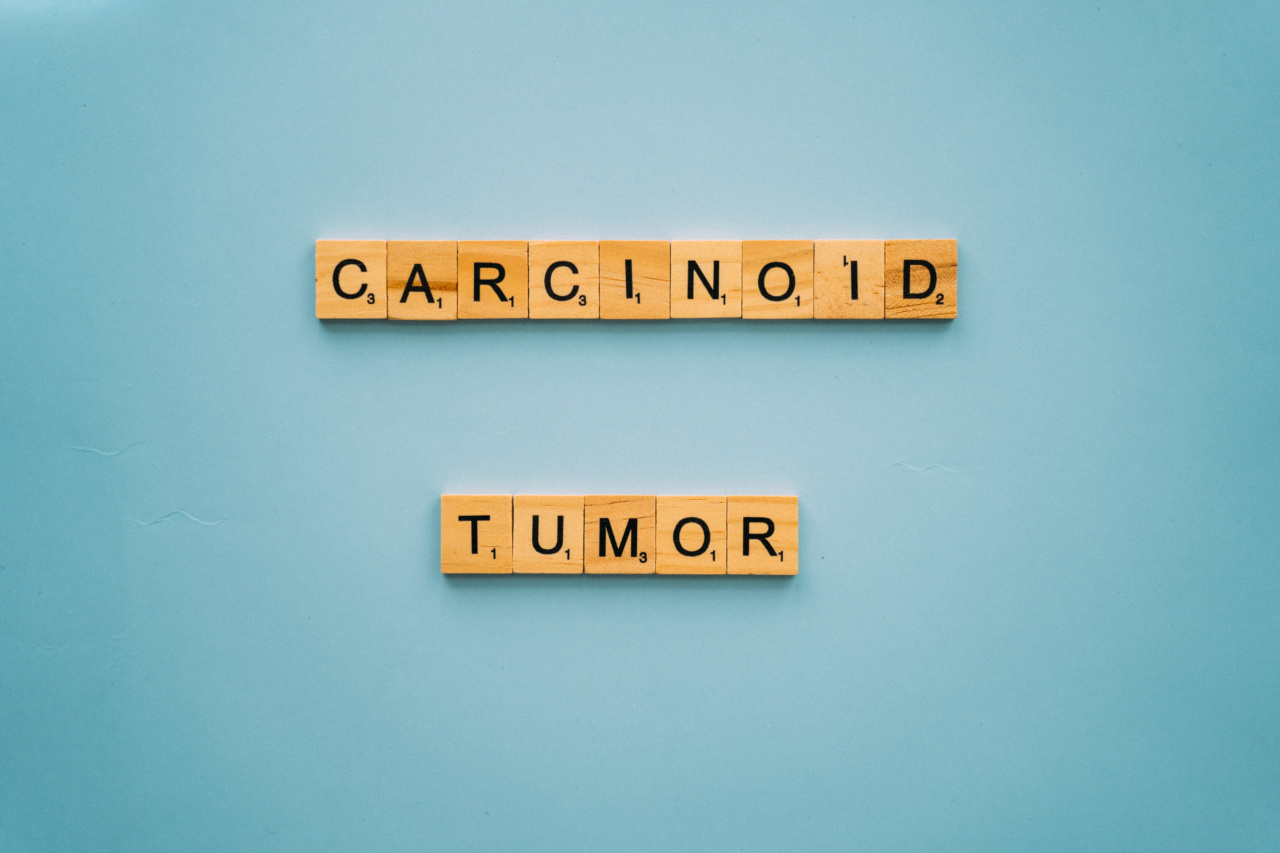A benign chest tumor refers to an abnormal growth of cells that is not cancerous. This tumor does not invade the surrounding tissues or spread to other body parts.
However, there is a possibility that a benign chest tumor can turn cancerous, meaning that the abnormal cells can become malignant and start spreading to nearby tissues and organs. In this article, we will explore what happens when a benign chest tumor turns cancerous.
What is a benign chest tumor?
A benign chest tumor is a noncancerous growth that occurs in the chest area. The tumor can develop in different parts of the chest, including the lungs, breasts, ribs, and soft tissues.
Benign chest tumors are usually slow-growing, and they do not cause any symptoms or health complications. However, some tumors may grow big enough to interfere with the function of surrounding organs, causing breathing difficulties and pain.
What causes a benign chest tumor to turn cancerous?
The transition of a benign chest tumor into a cancerous one is not well understood. However, some factors are believed to contribute to the development of cancer from a benign tumor. These include:.
- Genetic mutations: Benign tumors may have genetic abnormalities that predispose them to become cancerous over time. Some of these mutations might activate oncogenes or deactivate tumor suppressor genes, leading to uncontrolled cell growth.
- Exposure to carcinogens: Exposure to environmental toxins or substances that cause cancer can trigger the growth of cancerous cells in a previously benign tumor. For instance, exposure to tobacco smoke and asbestos has been linked to the development of lung cancer in people with benign lung tumors.
- Immune system dysfunction: A malfunctioning immune system can fail to recognize and remove abnormal cells, allowing them to grow and become cancerous.
Symptoms of a cancerous chest tumor
A cancerous chest tumor can cause a range of symptoms, depending on the location and size of the tumor. Some of the symptoms may include:.
- Chest pain: The tumor may press against the chest wall or nerves, causing intermittent or constant pain.
- Coughing up blood: If the tumor is in the lungs, coughing up blood may occur due to irritation of the airways or blood vessels.
- Difficulty breathing: As the tumor grows, it may invade the lung tissue and reduce the amount of oxygen that can enter the body.
- Fatigue: Cancerous tumors can cause fatigue and weakness due to the body’s immune response against the abnormal cells.
- Lumps or swelling: In breast cancer, the tumor may cause a lump or swelling in the breast tissue.
Diagnosis of a cancerous chest tumor
A cancerous chest tumor can be diagnosed through various medical exams and tests. These include:.
- Imaging tests: such as X-rays, CT scans, and MRI scans can detect abnormal growths in the chest.
- Biopsy: A small tissue sample from the tumor is removed and examined under a microscope to determine if the cells are cancerous or not.
- Blood tests: Some cancerous tumors produce specific proteins that can be detected in the blood. Blood tests can help diagnose and monitor the progression of the tumor.
Treatment options for a cancerous chest tumor
Treatment options for a cancerous chest tumor depend on the type and stage of cancer, as well as the patient’s overall health. Some of the treatment options may include:.
- Surgery: If the tumor is small and localized, it may be removed through surgery. The surgeon may also remove nearby lymph nodes to prevent the spread of cancer.
- Radiation therapy: High-energy radiation is used to kill cancerous cells and shrink the tumor.
- Chemotherapy: Anti-cancer drugs are administered through the bloodstream to kill cancerous cells wherever they are in the body.
- Immunotherapy: This treatment boosts the immune system to fight against the cancerous cells.
Prevention of cancerous chest tumors
Preventing a benign chest tumor from turning cancerous requires a few lifestyle changes and medical interventions. These include:.
- Regular medical check-ups: Doctors can monitor the growth of a benign chest tumor and detect any changes that may indicate cancerous growth.
- Avoiding carcinogens: Limiting exposure to environmental toxins such as tobacco smoke and asbestos can lower the risk of cancerous growth.
- Proper nutrition: A balanced diet can strengthen the immune system and reduce the risk of cancer.
- Exercise: Regular exercise can boost the immune system and reduce the risk of cancerous growth.
Conclusion
A benign chest tumor does not necessarily become cancerous. However, certain factors such as genetic mutations, exposure to carcinogens, and immune system dysfunction can contribute to the transition.
A cancerous chest tumor can cause various symptoms and requires prompt medical attention. Timely diagnosis and appropriate treatment can improve chances of recovery. Preventing a benign chest tumor from becoming cancerous requires a healthy lifestyle and regular medical check-ups.































